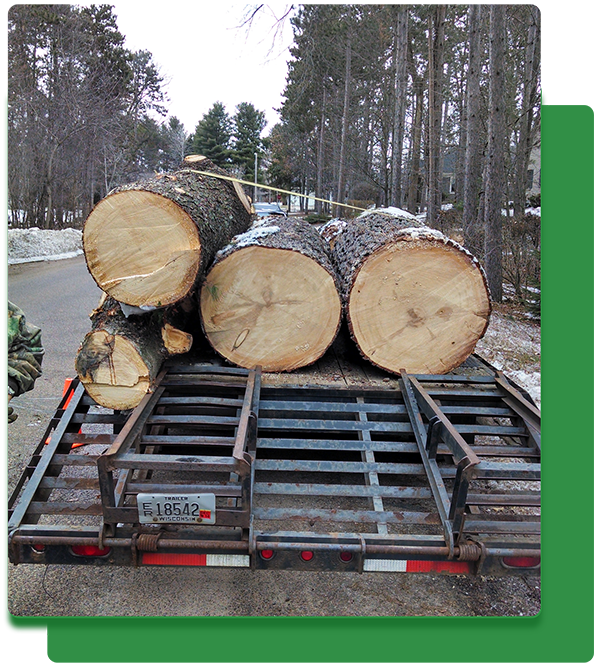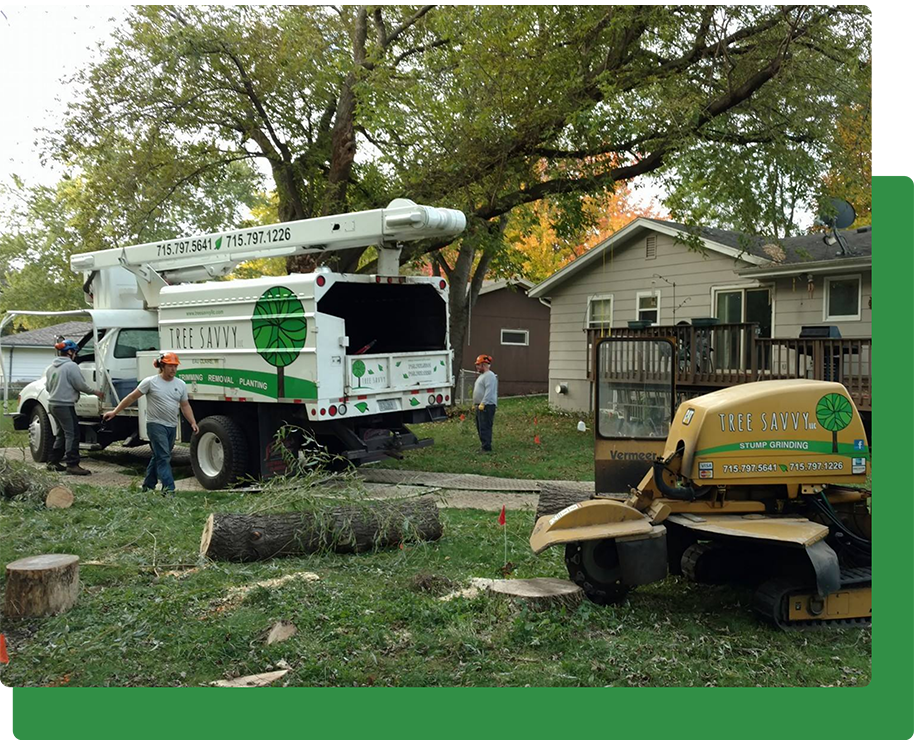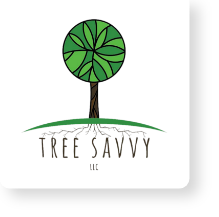
Two-Lined Chestnut Borer
The Two-Lined Chestnut Borer (Agrilus bilineatus) is native to North America, and to date can be found throughout eastern United States, south to Georgia and Texas, and west to the Rocky Mountains, as well as parts of south and eastern Canada. Two-lined Chestnut Borer (TLCB) was given the name “chestnut” borer because it was a primary pest of the American Chestnut tree. Since then, the American Chestnut has been almost completely wiped out by a fungal disease, yet the insect has retained its name despite the fact that there are few Chestnut trees for it to attack. While it will still attack Chestnut trees when present, the primary host for TLCB these days is Oak trees, and is considered one of the most serious insect pests affecting Oaks.
The adult insects are slender and about ⅕-½” long, have a bluish black hue, and have two thin stripes down its wings. The larvae are white, thin and about 1 ¼” long (when fully grown,) have an enlarged head and two spines at the tip of their abdomens. Adult beetles cause relatively little damage, but the larvae feed on the xylem layer and disrupt the movement of water and minerals within the tree. The insects are rarely seen, and therefore an active infestation is often identified by visual changes in the tree itself.

Signs of Damage
The first visible symptoms of TLCB infestation occur in mid-July. The following signs will likely begin to appear at this time:
- Sparse, small and discolored (red-brown) foliage
- Branch and entire canopy dieback
- Small “D” shaped exit holes
- Meandering galleries located under the bark caused by the insect larvae
The leaves on non-infested branches remain green. Therefore, TLCB infested oaks have a “dead, red and green” pattern from the top of the tree down its branches.

Means of Mitigation
The Two-Lined Chestnut Borer is an opportunistic pest, in that they are attracted to trees that are weakened or stressed by agents such as drought, soil compaction, root injury, other insects, and old age. That said, the best protection from the TLCB is prevention. Maintain tree health by:
- Watering during drought
- Mulching 2-4 inches of wood chips or shredded bark under the drip line
- Minimizing damage to the root zone that could cause root injury and stress
- Soil-applied growth regulator (Cambistat) to promote root growth, in turn bolstering the overall health and vigor of the tree
- Preventative systemic treatment when an active infestation is identified nearby
More direct options for treating an active TLCB infestation include:
- Soil-applied systemic insecticide (Xytect 2F)
- Trunk injection of systemic insectile (Mectinite)
Note: Trunk injection treatments provide coverage for two years, whereas soil-applied treatments only last one year.
For trees showing a canopy die-back greater than 30%, treatment may not be recommended. In this case, removing the tree altogether may be the best course of action to prevent any unnecessary/additional property damage and/or continued spread of the insect.
